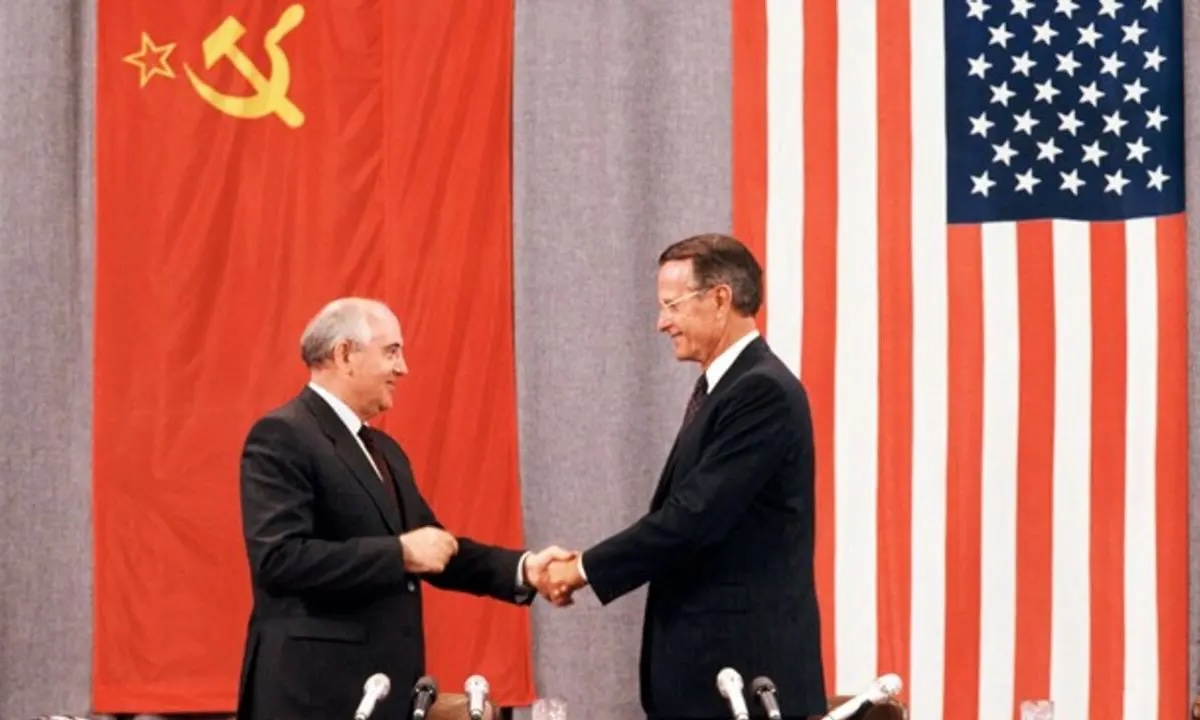
Why did the Soviet Union dissolve? The dissolution of the Soviet Union in 1991 marked the end of an era, leaving many puzzled about its causes. Economic stagnation, political corruption, and nationalist movements within the republics played significant roles. Mikhail Gorbachev's policies of glasnost (openness) and perestroika (restructuring) aimed to reform the system but inadvertently hastened its collapse. The Cold War pressures and the arms race drained resources, further weakening the state. Additionally, the failed August Coup of 1991 exposed the fragility of the Soviet leadership. By December 25, 1991, the Soviet flag was lowered for the last time, signaling the end of a superpower.
The Beginning of the End
The dissolution of the Soviet Union marked a significant moment in world history. It wasn't just a political shift; it changed the global landscape. Here are some fascinating facts about this monumental event.
- The Soviet Union officially dissolved on December 26, 1991.
- Mikhail Gorbachev resigned as the President of the Soviet Union on December 25, 1991.
- The dissolution led to the independence of 15 republics, including Russia, Ukraine, and Kazakhstan.
- The collapse was partly due to economic stagnation and a failing centralized economy.
- Gorbachev's policies of Glasnost (openness) and Perestroika (restructuring) aimed to reform the system but accelerated its collapse.
- The Berlin Wall's fall in 1989 symbolized the weakening grip of Soviet influence in Eastern Europe.
- The August Coup of 1991, an attempt by hardline communists to take control, failed and hastened the Union's end.
- Boris Yeltsin emerged as a key figure during the coup, rallying against the plotters and gaining popularity.
Economic and Social Factors
Economic troubles and social unrest played crucial roles in the Soviet Union's downfall. These factors created a perfect storm that the government couldn't weather.
- The Soviet economy was heavily reliant on oil exports, and falling oil prices in the 1980s hurt the economy.
- Chronic shortages of consumer goods led to widespread dissatisfaction among the populace.
- The Chernobyl disaster in 1986 exposed the government's inefficiency and secrecy, eroding public trust.
- Military spending consumed a significant portion of the budget, diverting funds from essential services.
- Ethnic tensions and nationalist movements within the republics strained the unity of the Soviet state.
- The war in Afghanistan drained resources and morale, becoming the Soviet Union's "Vietnam."
Political Maneuvering and International Relations
Political dynamics within the Soviet Union and its interactions with the world influenced its eventual dissolution. Leaders and policies both at home and abroad played pivotal roles.
- The Sinatra Doctrine allowed Eastern Bloc countries to determine their own internal affairs, leading to a wave of independence movements.
- The Reykjavik Summit in 1986 between Gorbachev and Reagan marked a thaw in Cold War tensions.
- The Strategic Arms Reduction Treaty (START) was signed in 1991, symbolizing a move towards disarmament.
- The Commonwealth of Independent States (CIS) was formed in December 1991 as a loose association of former Soviet republics.
- The Baltic states—Estonia, Latvia, and Lithuania—were the first to declare independence from the Soviet Union.
- The Belavezha Accords, signed by Russia, Ukraine, and Belarus, declared the Soviet Union effectively dissolved.
Cultural and Societal Impact
The dissolution of the Soviet Union had profound effects on the culture and society of its former republics. The transition from a communist state to independent nations brought about significant changes.
- The Russian Orthodox Church experienced a revival after decades of suppression.
- Western culture, including music, movies, and fashion, flooded into the former Soviet states.
- The education system underwent reforms to remove communist ideology from the curriculum.
- Many former Soviet citizens faced economic hardship during the transition to a market economy.
- The dissolution led to a brain drain, with many scientists and intellectuals emigrating to the West.
- The Russian language, once dominant, saw a decline in use in some former republics.
- The breakup of the Soviet Union led to the creation of new national identities and a resurgence of local languages and traditions.
- The legacy of the Soviet Union continues to influence the political and social landscape of its former republics.
The Soviet Union's Legacy
The dissolution of the Soviet Union in 1991 marked a pivotal moment in world history. It ended the Cold War, reshaped global politics, and led to the emergence of 15 independent countries. This event transformed the political landscape, creating new alliances and rivalries. Economically, it shifted the balance of power, opening markets and altering trade dynamics.
Culturally, the breakup allowed for a resurgence of national identities and traditions that had been suppressed. It also led to significant challenges, including economic instability and conflicts in some regions. The legacy of the Soviet Union continues to influence global affairs, reminding us of the complexities of political change.
Understanding these facts helps us appreciate the profound impact of the Soviet Union's dissolution. It’s a reminder of how history shapes our present and future, influencing everything from international relations to cultural identities.
Was this page helpful?
Our commitment to delivering trustworthy and engaging content is at the heart of what we do. Each fact on our site is contributed by real users like you, bringing a wealth of diverse insights and information. To ensure the highest standards of accuracy and reliability, our dedicated editors meticulously review each submission. This process guarantees that the facts we share are not only fascinating but also credible. Trust in our commitment to quality and authenticity as you explore and learn with us.
